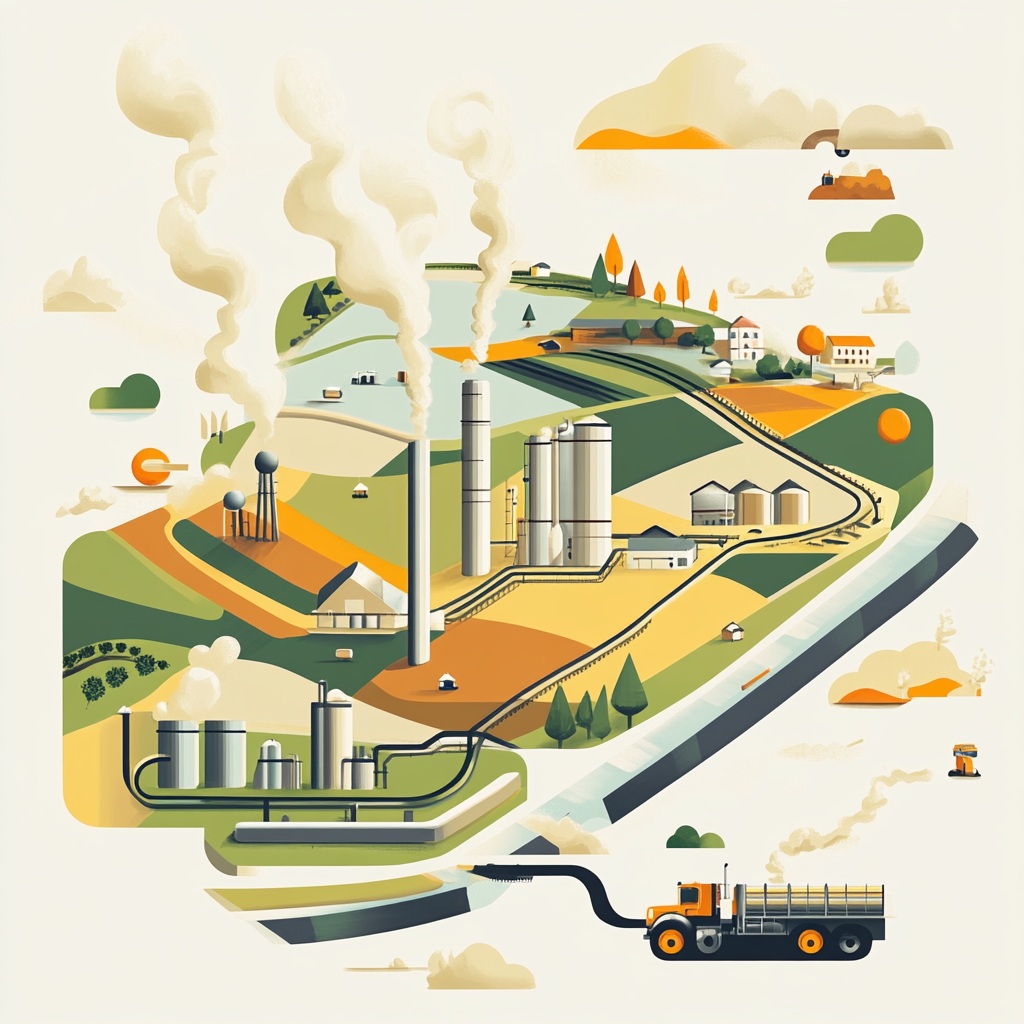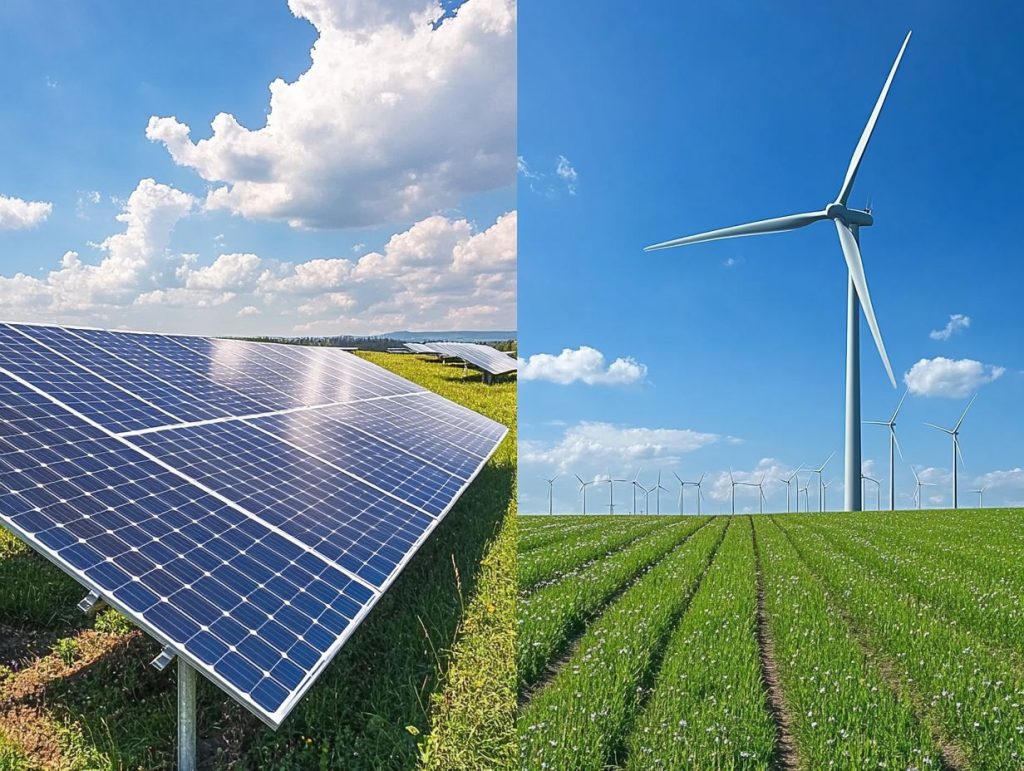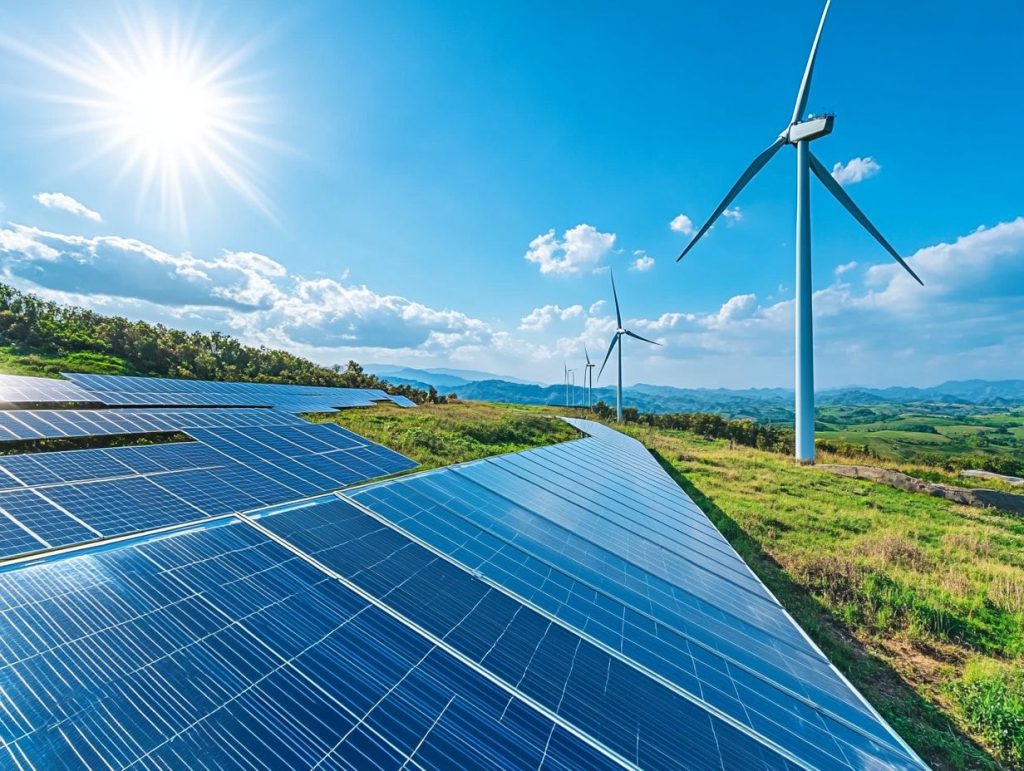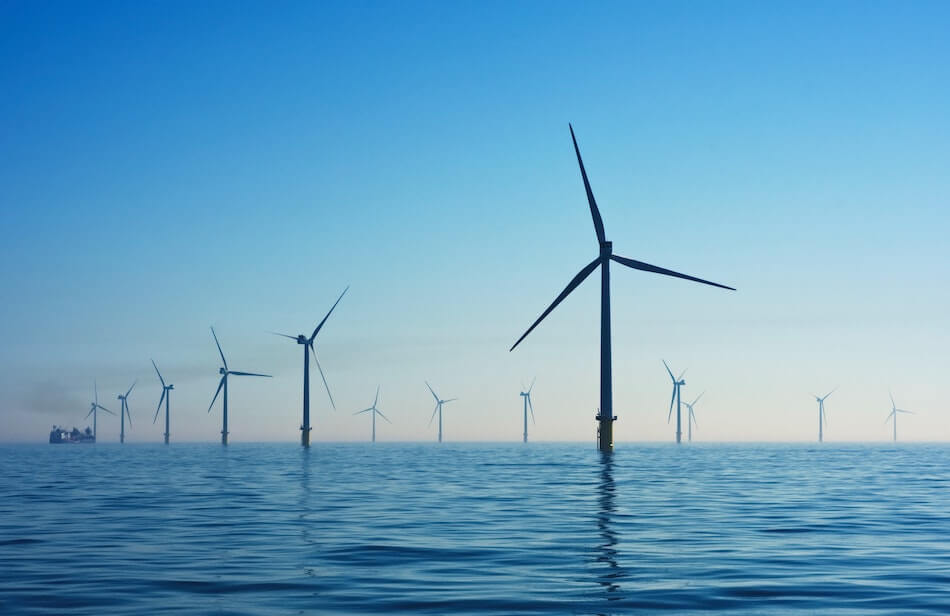The rise of renewable energy solutions has brought about numerous innovations, making it easier for homeowners to adopt eco-friendly practices without compromising convenience or budget. One such innovation that has gained significant attention in recent years is the balcony solar system. But are balcony solar systems truly the next big thing in the UK’s energy landscape? In short, yes. As the demand for green energy grows, these compact and affordable solar setups are making it easier for city dwellers, especially those in flats and apartments, to embrace solar power. With space often being a challenge in urban areas, many people find it difficult to install traditional solar panels, which require roof space and structural modifications. Balcony solar systems, however, are designed to bypass these limitations. They can be easily mounted on balconies or terraces, and with minimal installation requirements, they offer a practical solution to both renters and homeowners. Not only are they affordable, but they also offer a quick return on investment and are increasingly seen as a viable option for reducing energy bills and contributing to sustainability goals. So, could this be the future of solar energy in urban settings? The answer seems clear – balcony solar systems are here to stay.
What Are Balcony Solar Systems?
In essence, balcony solar systems are compact, efficient solar panels designed to be installed on balconies, terraces, or other small outdoor spaces. Unlike traditional rooftop solar systems, these setups don’t require structural modifications to your home and are typically modular, meaning you can add panels as needed. They’re ideal for urban dwellers living in flats or apartments where rooftop installations aren’t an option.
The system usually consists of the solar panels themselves, an inverter to convert the energy into usable electricity, and a mounting system that secures everything in place. These units can be installed easily on a balcony railing or placed on the ground, depending on your space and layout.
Affordability of Balcony Solar Systems
When it comes to making green energy choices, affordability is often a key concern. Traditional solar panel systems can come with a hefty price tag, especially if you need to make significant changes to your roof. But this is where balcony solar systems shine – they’re a much more budget-friendly option.
Upfront Cost
While the price of a balcony solar system will vary depending on the brand and size, they are generally much more affordable than large-scale rooftop systems. On average, you might pay between £300 and £1,000 for a complete system, depending on the capacity and whether you choose a DIY option or hire a professional installer. This is a far cry from the £5,000 to £8,000 it might cost to install a full rooftop solar panel array.
Government Incentives
The UK government has been supportive of renewable energy initiatives for years, offering a variety of incentives for homeowners. While the popular Feed-in Tariff (FiT) has ended, there are still some subsidies and tax relief options that can make the switch to solar more affordable. Additionally, some local councils may offer specific grants or rebates to help reduce the cost of installation.
Long-Term Savings
One of the key selling points of any solar system is the savings you’ll make on your energy bills. With a balcony solar system, you could see a reduction of up to 30% in your electricity bills, depending on your energy usage. While the initial investment might seem steep, the long-term savings quickly add up, especially as electricity prices continue to rise.
Easy Installation – No Roof Needed!
Perhaps the best part of balcony solar systems is how simple they are to install. Unlike traditional solar panels, which can require significant structural changes to your home, these compact systems can be set up with minimal hassle.
Quick Setup
Most balcony solar systems come with straightforward installation guides, and many are designed for DIY installation. If you’re comfortable with basic tools and the system is small enough, you might even install it yourself. However, if you’d prefer a professional to handle the setup, installation is usually quick and non-invasive, taking just a few hours.
No Roof Modification
For renters, the thought of drilling into a roof or making significant changes to the property is a dealbreaker. Fortunately, balcony solar systems bypass this issue entirely. These systems don’t require any permanent changes to the structure of the building, so they can easily be removed if you decide to move. This makes them an excellent choice for tenants who still want to take advantage of solar energy without any long-term commitment.
Space Considerations
Urban living often means limited space, but balcony solar systems are designed with this in mind. They’re perfect for small outdoor areas like balconies or terraces. If you have a south-facing balcony, you could even get more out of the system as it can receive more sunlight throughout the day. Even smaller setups can make a difference, so you don’t need to worry about having a huge outdoor area.
Installation Process
Installing a balcony solar system is typically as simple as securing the panels to your balcony railings or placing them on a stand. Most systems are designed to be plug-and-play, meaning you just need to connect the inverter to your home’s electrical system, and you’re good to go. If you’re unsure, you can always opt for professional installation, which usually only takes a few hours and doesn’t require significant modifications to your space.
Fast ROI – Is It Worth the Investment?
One of the most appealing aspects of balcony solar systems is their relatively quick return on investment (ROI). Given their affordability and ease of installation, it’s not long before you start seeing the financial benefits.
Payback Period
On average, the payback period for a balcony solar system in the UK is around 3 to 5 years. This means that in just a few years, you’ll have recouped the initial investment, and from there, it’s pure savings. Of course, the exact payback period will depend on factors like how much energy you consume, how much sunlight your panels receive, and the system’s size.
Energy Savings
The amount you’ll save on your electricity bill depends on how much energy you consume and how efficient your solar system is. With the average UK household using around 3,600 kWh of electricity per year, a balcony solar system could save you anywhere between £100 and £300 annually. This might not sound like much, but it adds up over time. Plus, as electricity prices rise, the savings will only increase.
Return on Investment (ROI)
Once your balcony solar system has paid for itself, the energy savings become a direct return on investment. With most systems lasting upwards of 20 years, that’s a lot of savings in your pocket over the long term. Additionally, if you’re able to feed excess energy back into the grid, you might even receive payments from your energy supplier, further improving your ROI.
Energy Independence
The increasing volatility of energy prices is prompting many homeowners to consider ways to reduce their reliance on the grid. With a balcony solar system, you gain a level of energy independence. While it’s unlikely that you’ll be fully off the grid with a small system, you can significantly reduce your reliance on energy providers, which could be a game-changer as energy prices continue to rise.
Are Balcony Solar Systems the Right Fit for Everyone?
As with any home improvement, balcony solar systems aren’t for everyone. Let’s break down who they’re ideal for.
Suitability for Different Homes
Balcony solar systems are perfect for flats, apartments, and other properties that lack roof space for traditional solar panels. If you have a small outdoor area like a balcony or terrace, these systems could be a great solution. However, if you live in a home with ample roof space, a traditional solar setup might still be a better option in terms of energy generation.
Weather Considerations
While the UK isn’t known for endless sunshine, balcony solar systems still work effectively in cloudy and rainy weather. The key is that they still generate power from diffused light, so they can still perform well even on overcast days. However, if you live in an area that receives limited sunlight or your balcony is shaded most of the day, you might not get as much benefit from the system.
Aesthetic Impact
Some homeowners may worry that installing solar panels will affect the look of their property. Fortunately, balcony solar systems are sleek and modern, often designed to blend in with your existing space. While they’re not entirely invisible, they won’t dominate your outdoor area or negatively impact the overall aesthetic of your home.
Renters vs. Homeowners
For renters, the flexibility of a balcony solar system is a huge advantage. Since it doesn’t require permanent changes to the property, it’s a viable option for those who want to embrace renewable energy without being tied down to the property. Homeowners, however, may be able to benefit from larger systems and more advanced configurations that could produce more energy.
Future of Balcony Solar Systems in the UK
As renewable energy becomes more mainstream and the push for sustainability grows stronger, the demand for balcony solar systems is only likely to increase. With a combination of rising energy costs and advancements in solar technology, these systems could become an essential part of urban living.
Market Growth
The market for balcony solar systems is expected to expand rapidly in the coming years, as more and more urban dwellers seek ways to lower their energy bills and reduce their environmental impact. As awareness of these systems increases, their popularity is only going to grow.
Technological Advancements
We’re already seeing significant improvements in solar panel efficiency and affordability. Future innovations could make balcony solar systems even more powerful, smaller, and cheaper to install. This will only enhance their appeal and make them more accessible to a wider range of people.
Community Impact
Widespread adoption of balcony solar systems could also have a positive impact on communities and even the national grid. With more people generating their own electricity, the strain on the grid could be reduced, leading to lower energy costs for everyone.
Conclusion
So, are balcony solar systems the next big thing? With their affordability, easy installation, and fast ROI, it certainly looks like they have the potential to revolutionise how UK residents approach energy consumption. If you’re a city dweller with limited roof space but plenty of sunshine on your balcony, a balcony solar system might just be the solution you’ve been looking for.




